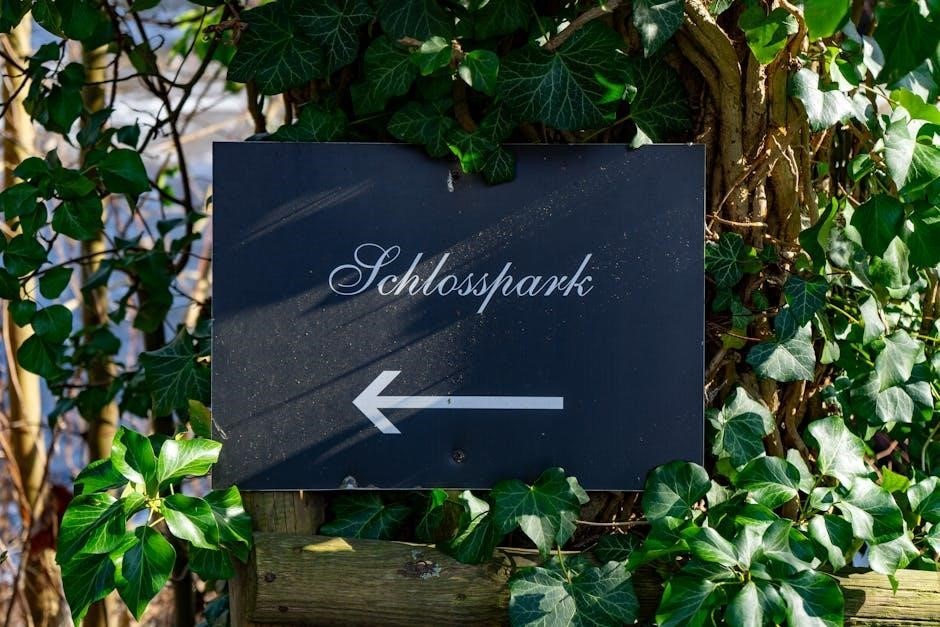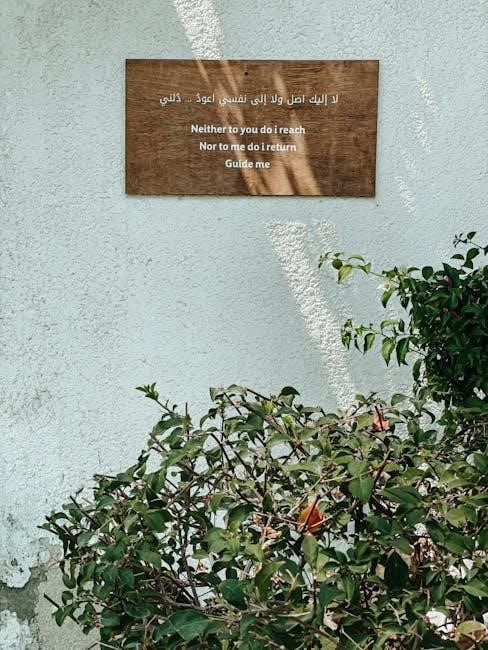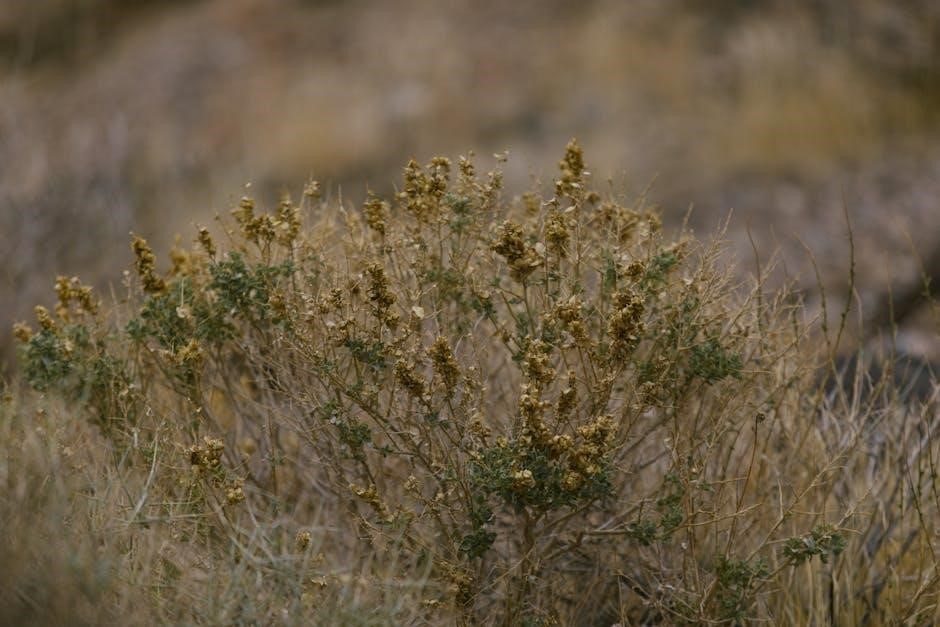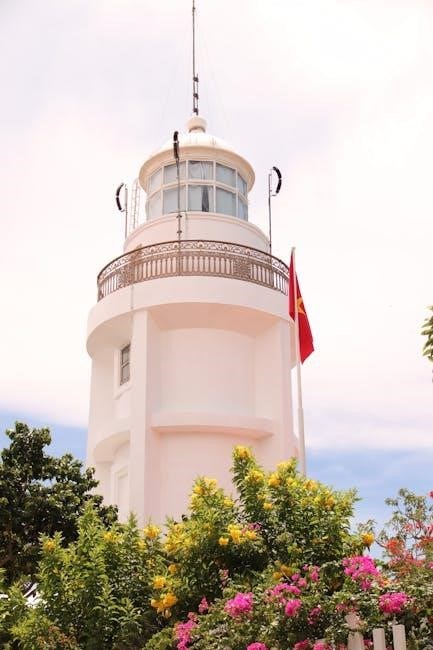
Planting guide for zone 8b provides essential information for gardeners to succeed with
- local climate conditions
and
regional weather patterns
.
Understanding USDA Zone 8b
To understand USDA zone 8b! it is necessary to know the average extreme minimum temperature for this zone, which is 15-20 degrees. This information is crucial for gardeners to determine the types of plants that can thrive in their area. The USDA zone map is a helpful guide, but it is essential to remember that it is not a strict rule. Gardeners can successfully grow plants suited to their zone or a lower zone. The USDA zone 8b classification is based on the average annual extreme minimum temperature, which is an essential factor in determining plant hardiness. By understanding the USDA zone 8b classification, gardeners can make informed decisions about which plants to grow and when to plant them. This knowledge is vital for creating a thriving and diverse garden in zone 8b. With this information, gardeners can plan and prepare for a successful gardening experience.

General Information for USDA Zone 8b
Zone 8b has a moderate climate with
- mild winters
and long growing seasons.
Average Date of Last Frost
The average date of last frost is a crucial piece of information for gardeners in zone 8b, as it determines when it is safe to plant warm-season crops. According to the USDA, the average date of last frost in zone 8b is around March 15. This means that gardeners can start planting warm-season crops such as tomatoes, peppers, and eggplants after this date. It is essential to note that this date can vary from year to year, and gardeners should always check the local weather forecast before planting. By waiting until after the last frost date, gardeners can minimize the risk of damage to their plants and ensure a successful harvest. With this information, gardeners in zone 8b can plan their planting schedule accordingly and make the most of the growing season. This knowledge is vital for a thriving garden in zone 8b.

Planting Zone 8b Characteristics
Zone 8b has mild winters and long growing seasons with
- specific
climate conditions.
Extreme Minimum Temperature
The extreme minimum temperature for zone 8b is a crucial factor in determining the hardiness of plants. According to the USDA, the average extreme minimum temperature for zone 8b is between 15-20 degrees Fahrenheit. This temperature range is essential for gardeners to understand, as it helps them choose plants that can thrive in their area. The extreme minimum temperature is the lowest temperature that a plant can tolerate, and it is usually the temperature that occurs once every 10-20 years. Gardeners should consider this temperature range when selecting plants for their garden, as it will help them ensure that their plants can survive the occasional extreme cold snap. By understanding the extreme minimum temperature, gardeners can create a thriving and resilient garden in zone 8b. This information is vital for gardeners to make informed decisions about their plant selections.

Plant Hardiness in Zone 8b
Plant hardiness in zone 8b refers to plants ability to survive and thrive in local climate conditions with proper care.
Zone 8 Plants and Their Hardiness
Zone 8 plants are known for their ability to thrive in a variety of conditions, with many species being well-suited to the local climate. The hardiness of these plants is determined by their ability to survive and flourish in temperatures as low as 10 degrees. Some plants, such as those rated for zones 8-10, are particularly hardy and can tolerate temperatures that drop to 10 degrees. However, it’s essential to note that some zone 8 plants may be more sensitive to temperature fluctuations than others. By understanding the hardiness of zone 8 plants, gardeners can make informed decisions about which species to plant and how to care for them. This knowledge can help gardeners create a thriving and diverse garden, with a wide range of plants that are well-suited to the local conditions. With proper care and attention, zone 8 plants can bring beauty and life to any garden.

Flower Planting Guide for Zone 8
Zone 8 has mild winters and long growing seasons, making it ideal for various flowers to flourish and bloom.
Selection of Flowers for Zone 8
A wide variety of flowers can thrive in zone 8, including annuals and perennials, with options like marigolds, zinnias, and petunias. The selection of flowers for zone 8 should consider factors like climate, soil, and sunlight. Gardeners can choose from a range of colors, textures, and bloom times to create a dynamic and vibrant garden. Some flowers, like roses and lavender, are well-suited to the mild winters and hot summers of zone 8. Others, like sunflowers and cosmos, can add a pop of color and interest to the garden. By selecting the right flowers for zone 8, gardeners can create a beautiful and thriving garden that attracts pollinators and provides enjoyment throughout the growing season. With proper care and attention, the flowers in zone 8 can bloom and flourish, bringing joy and beauty to the garden.
Additional Considerations for Planting in Zone 8b
Gardeners should note specific
- regional
planting requirements and rules.
Growing Plants from Higher Zones
Growing plants from higher zones in zone 8b requires careful consideration of the plants’ specific needs and limitations. Gardeners can successfully grow plants from higher zones by providing additional protection, such as bringing potted plants inside to protect them from frost. This allows for a wider range of plants to be grown in zone 8b, including those that are typically hardy in zones 9 or 10. By taking the necessary precautions, gardeners can enjoy a more diverse and thriving garden. With proper care and attention, plants from higher zones can flourish in zone 8b, adding beauty and interest to the garden. It is essential to research the specific needs of each plant and take steps to ensure their success in the local climate. This may involve providing supplemental care, such as extra watering or fertilization, to help the plants thrive.